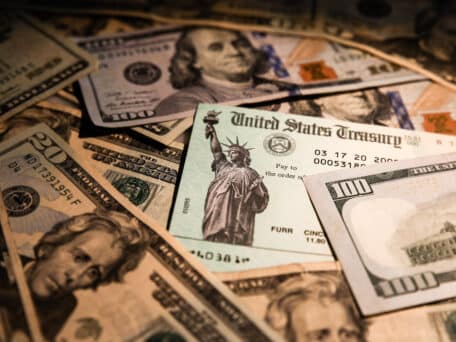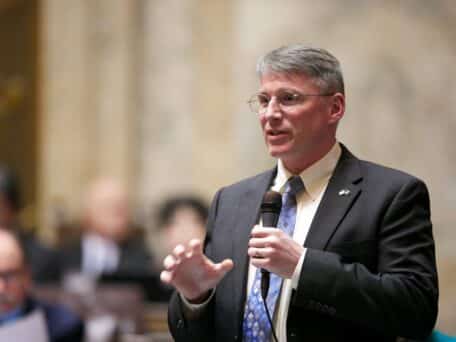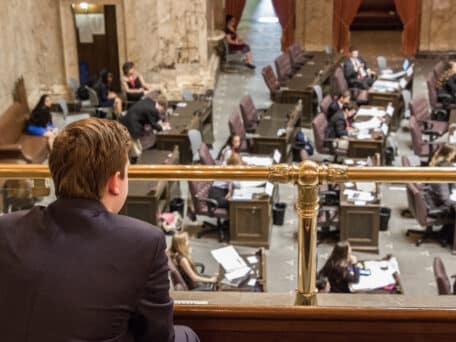School districts across the country are implementing new “green” standards via systems—including the Leadership in Energy and Environmental Design (LEED)—that promise to deliver energy saving and various environmental benefits. But, according to Washington Policy Center’s Todd Myers, the record of these systems don’t quite match up to the promises. Via the Wall Street Journal,
“During the past decade, I’ve studied green schools across the country, comparing them to traditionally built schools in those same districts. Schools provide an excellent apples-to-apples comparison–they are similar in size, have similar features and are in a similar climate.
“Green-school advocates often promise significant energy savings. The results across the country, in North Carolina, Colorado, Washington state and elsewhere, show the opposite…
“Most green schools actually use more energy than the average, traditionally built school in the same district, sometimes using 30% more energy a square foot.”
Far from reducing costs, not a single green school investigated by Myers saved more in energy costs than it spent gaining the “green” rating. Green schools failed to deliver on promises in every state.
There are important reasons why green schools have failed to deliver on promises—which Myers spells out here. However, these schools are—in the end—an example of how extreme “green” policies fail to have any environmental benefits and, in some cases, do more harm than good.
As Myers put it, the failure of “green” schools serves as an example of “how environmental image can work against environmental progress.”




